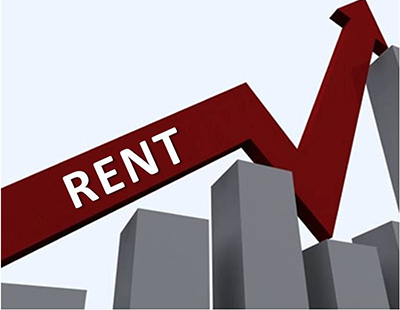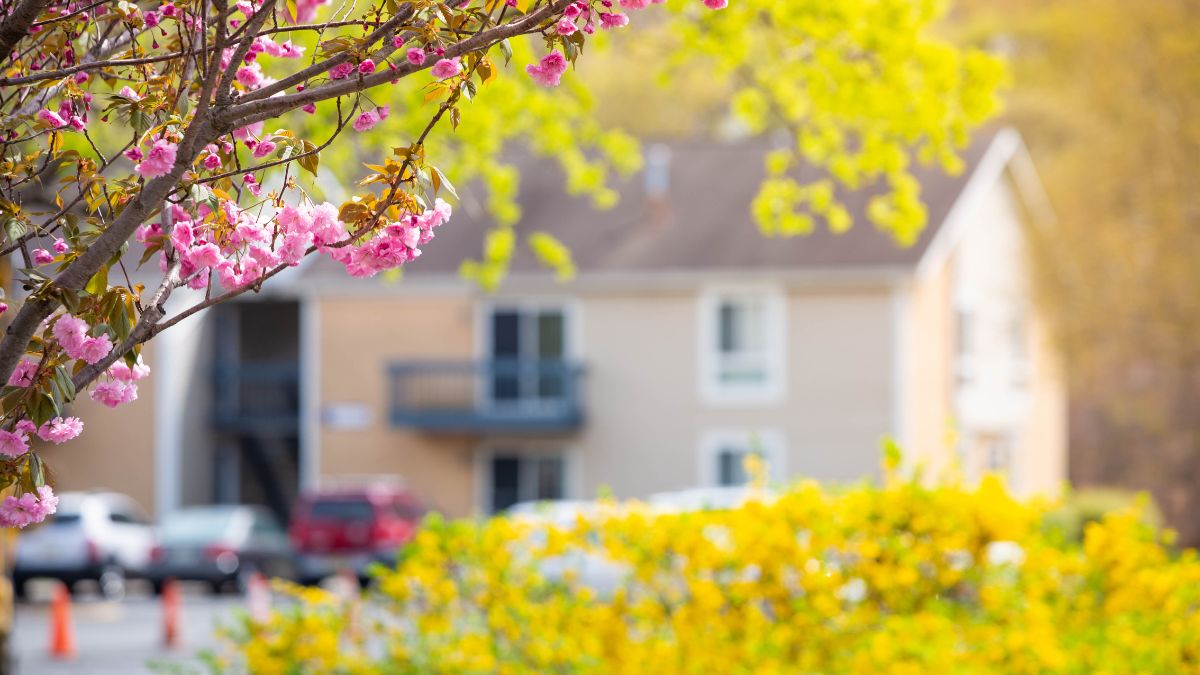Official government data suggests that rents are rising by 1.8 per cent a year - but a prominent analyst has gone on record to say the true figure is much higher.
A statement from the Office for National Statistics yesterday put the UK-wide rent rise over the previous 12 months as 1.8 per cent - or, if London is excluded, 2.7 per cent.
However, business consultancy Hargreaves Lansdown claims that the true figure is much more like 8.0 per cent.
Sarah Coles, senior personal finance analyst at Hargreaves Lansdown, says: “Officially rents are up 1.8 per cent but anyone who has been battling to find an affordable rental property, or having to offer more than the advertised rent to secure somewhere knows that in reality rents are rising far faster in much of the UK.”
She claims that the ONS figures measure all rental prices, rather than just new rents coming to the market. It means someone who locked in a deal one or two years ago will feed into these figures in exactly the same way as someone who rented yesterday.
And as a result, she insists the ONS is understating recent rental rises.
Instead she says the HomeLet Rental Index, produced by an insurance firm, more closely reflects new rental prices, and shows the average monthly rent is up 8.3 per cent in a year to £1,060.
Coles continues: “:And this isn’t the last of it. The most recent RICS report highlighted that the number of renters is still rising, as the number of households overall increases and more people look for a place of their own after being locked down with their housemates.”
Coles says that the number of landlords is falling as tax changes persuade them to leave the market and capitalise on higher property prices, or rises in short term letting prices tempts them to move into that market instead.
“These trends show no signs of slowing, so there’s going to be even more demand for the remaining rental properties in the coming year. RICS expects rent rises to average 5.0 per cent over the next five years, although in some areas the rises will be even harder to manage” she adds.
“For the 17 per cent of people who rent privately in the UK, this is the last thing they need. They already pay an alarming proportion of their income in rent each month – at 31 per cent compared to the 18 per cent that mortgage holders pay – so with prices rising on all sides, finding an even bigger chunk of cash for rent will be incredibly difficult.”
Coles also turns her attention to the resilience of tenants to cope with the scale of rent rises and low availability she outlines.
She says: “The Hargreaves Lansdown Savings and Resilience Barometer produced in partnership with Oxford Economics shows that renters have already faced horrible blows to their finances over the past year, and are much less resilient than their homeowning counterparts. Rising rents could inflict a terrible toll.
“The official figures show that London bucked the trend of rising rents, and is the worst performing region. The pandemic drove a coach and horses through the London rental market. It halted the flow of overseas renters, and ramped up homeworking and hybrid working – which meant renting a shoebox near work made far less sense.
“However, the more recent figures from HomeLet reveal that London is bouncing back, and new letting prices are up 12.6 per cent. For the 27 per cent of Londoners who rent privately, there’s a real risk that this pushes them over the edge.”
We're excited to announce that we're working on building a shiny new website for readers of Landlord Today! As part of this process, commenting on articles will be temporarily disabled. We look forward to sharing our new and improved Landlord Today website with you shortly!







Tenant-400x310.png)

.png)

(1).png)









